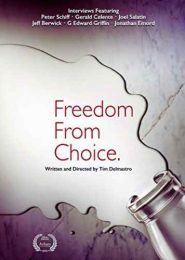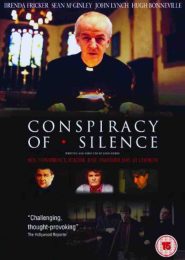Beslan: Three Days in September (2006)
In September 2004, a crisis shook the small town of Beslan in Russia. The documentary Beslan: Three Days in September takes us into the heart of a tragedy that gripped the world.
Over 1,200 hostages, mostly children, were taken by Chechen rebels in a school siege. After three harrowing days, more than 330 lives were lost. This film, directed by Joe Halderman, captures the raw emotions and the harsh realities of those fateful days.
Now, what makes this documentary stand out? It’s the way it presents the events. The narrative is straightforward, focusing on the human aspect of the siege.
It avoids sensationalism, instead offering a clear-eyed view of the terror and the response of the authorities. The film is rated 7.7/10 on IMDb, a reflection of its impact on viewers.
The documentary doesn’t just recount the events; it also explores the aftermath. How did the survivors cope? What was the response of the Russian government? These questions are addressed, providing a broader picture of the incident’s consequences.
The use of archival footage adds a layer of authenticity to the storytelling. We see the faces of those involved, hear their voices, and witness their ordeal. It’s a powerful reminder of the event’s reality, beyond just numbers and statistics.
And here’s the thing. The documentary is not just an anecdote of events; it’s an examination of the response to terrorism. It dissects the actions taken by the authorities and the impact on the community. This analysis is crucial for understanding the full scope of the tragedy.
The narration by Julia Roberts adds a familiar voice to the story, guiding viewers through the complex narrative. Her involvement brings attention to the documentary, ensuring that the story of Beslan reaches a wider audience.
So, what’s the takeaway?
Beslan: Three Days in September is a sobering look at a dark moment in recent history. It’s a reminder of the fragility of life and the importance of community in the face of disaster.
The film serves as a historical document, preserving the memory of those lost and the lessons learned from this tragedy.
In conclusion, the documentary is a significant work that sheds light on the Beslan school siege. It’s a must-watch for those interested in modern history and the study of terrorism’s effects on society. The film’s approach to storytelling and its focus on factual reporting make it an important contribution to documentary cinema.




